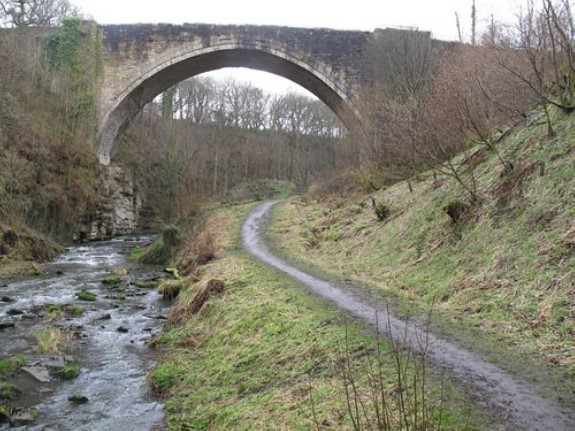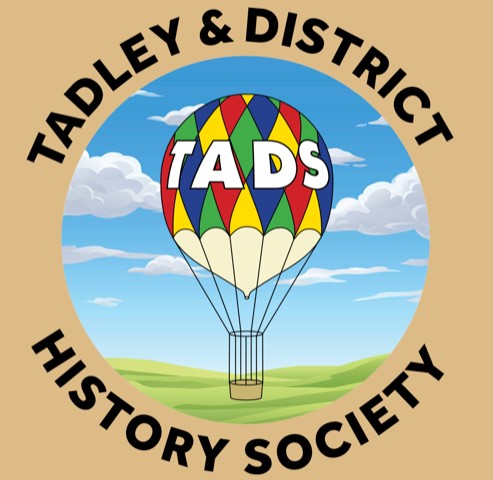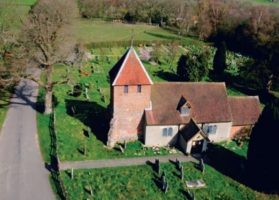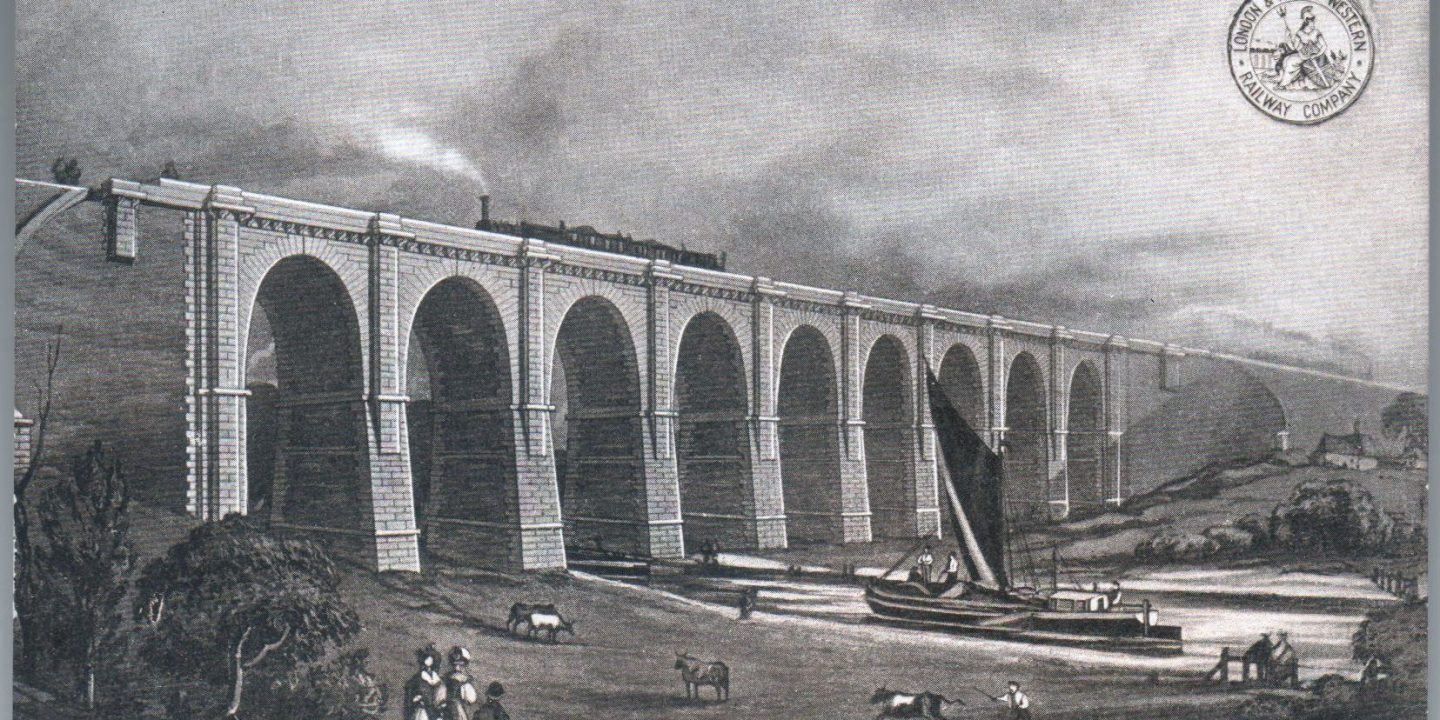Over and Under – Railway Bridges and Tunnels on postcards
By John Holland (Associate of the Willis Museum)
One of the reasons we reverted to this talk being done on Zoom, was that John was recently home from a hospital operation and grateful to give the talk from home. There were a few technical problems as it was his first talk using Zoom.
John, apart from his Basingstoke history interests, is a railway and post card enthusiast which is a very good way of bringing the two interests together.
The 12 years before the First World War was the ‘Golden Age of Postcards’ and many would argue that it was also the Golden age of the Railways. At that time about 900 million postcards, plain and picture, were sent each year. They were a very good and cheap way of sending a short message for same day delivery and in some towns you could even get a reply back the same day. (Today we use mobiles or email, etc). Now we mainly use picture postcards to tell people we are on holiday and are not completely surprised when we get home before the cards. The foreign posted ones often seem to never arrive at all.
Railway postcards were produced by specialist printers, (the Locomotive Publishing Company), companies specialising in postcards (Frederick Hartmann, Valentines, Salmon), local printers, and the railway companies themselves. John showed that the complete history of railway development in Britain and elsewhere can be found on postcards. Obviously some of the very early scenes were reproduced at a later date, the earliest from paintings and drawings. As John showed a great number of pictures I will have to pick out some highlights from my three pages of notes. (John’s own script ran to 19 pages).
The first question was what is the oldest railway bridge or tunnel? It was not on the Canterbury and Whitstable line of 1830 or the famous Stockton and Darlington railway of 1825 (still in use), but it is the Causey Arch of 1726 on the gravity down/horse up, Tanfield, coal wagonway in County Durham. The oldest tunnel is on the Canterbury and Whitstable dating from when it was a rope hauled railway.
The early days of the railways were before photography began, but by the mid 1800s, with photography established, the Victorian engineers were building some very fine bridges and viaducts, among them Robert Stephenson’s High level Bridge at Newcastle and his Royal Border Bridge of 1850 at Berwick on Tweed which has 26 arches and stands 126 ft above the river. The 1849 Bramhope tunnel (2 miles 242yds) on the Leeds to Harrogate Railway has a portal that looks like a castle. Just imagine travelling through the tunnel behind a filthy steam engine in an unlit carriage. This advice was offered to passengers in ‘The Railway Traveller’s Handy Book’ of 1862:
Caution in passing through tunnels: Male passengers have sometimes been assaulted and robbed, and females insulted, in passing through tunnels. And this has been most frequently the case when there have been only two occupants in the carriage. In going through a tunnel, therefore, it is always as well to have the hands and arms ready disposed for defence so that in the event of an attack, the assailant may be instantly beaten back or restrained.
And you might have thought the days of highway robbery were long gone!
This was not the only hazard of tunnels. Digging them cost lives and at Otley Church there is a fine memorial to the 23 men who died while creating the Bramhope Tunnel. Lives were also lost when the first Tay Bridge in Scotland failed in a storm with a train and all 75 passengers and crew plunging into the river in 1879. Thomas Bouch, the engineer, had been very successful on earlier projects but pushed the available materials too far and the structure was badly built. The disaster broke him and he died within a year. The story was told in verse by William McGonnagall, popularly known as the world’s worst poet, and, yes, you guessed it, John read his poem ‘The Tay Bridge Disaster’. The replacement Tay Bridge (1887) was the longest railway bridge in the world until the 1930s. The Forth Railway Bridge opened in 1890, was in contrast a triumph, and is recognised throughout the world. It is the subject of many postcards, usually with a handsome steam locomotive crossing it.
So we travelled the country. For local interest we had the splendid brick skew bridge at Worting to the west of Basingstoke built in 1840 for the London and South Western Railway. A mile further south west is the Battledown Flyover, where one line passes over another as the Andover and Salisbury trains divert from the Southampton route.
John finished with some postcards showing the development of the London Underground (the first in the world) and some of the vast wooden trestle bridges in North America and big spiral tunnel in the Canadian Rocky Mountains on the approach to Kicking Horse Pass.
Thank you John for your very detailed talk about railway infrastructure and using the humble postcard to demonstrate the vision and ingenuity of past engineers, architects and builders, not forgetting the navvies without whose toil it would never have happened.
Richard Brown

The Causey Arch of 1726 – the oldest railway bridge of all
The full write-up of this talk is in the February 2022 TADS Newsletter


